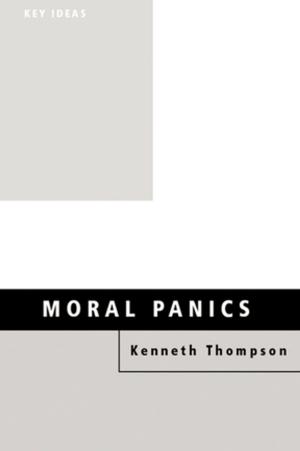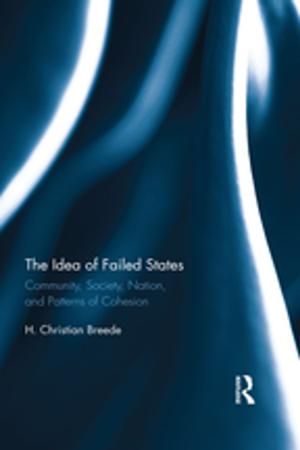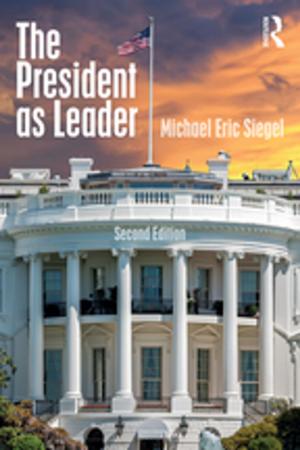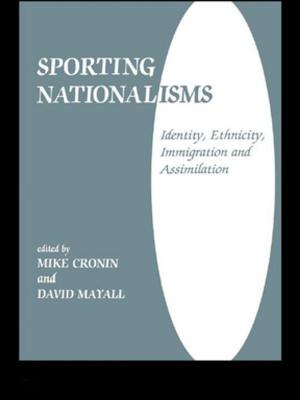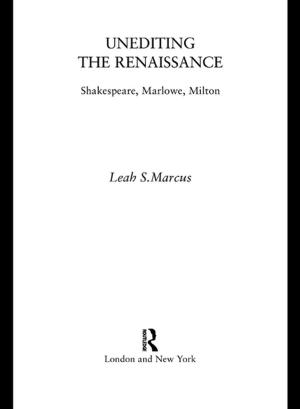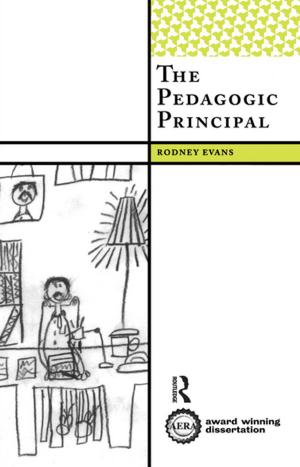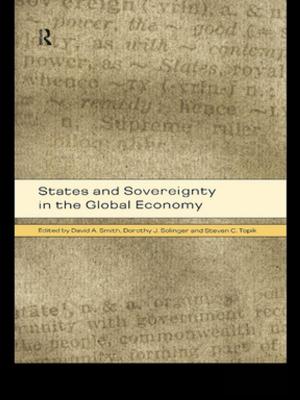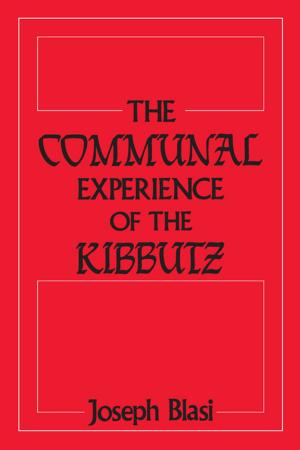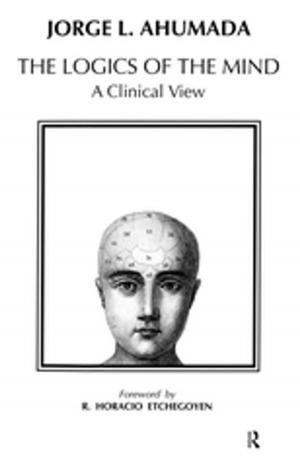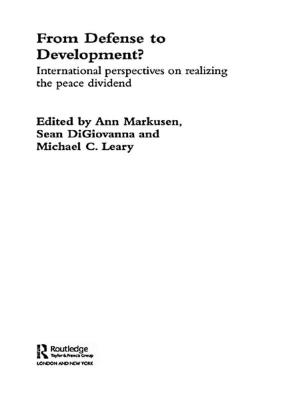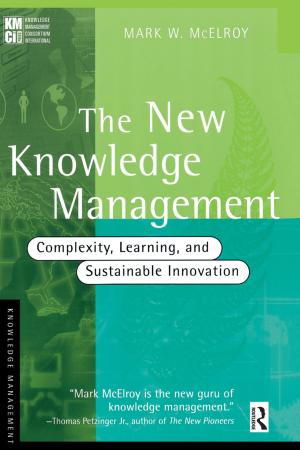| Author: | Frank Sear | ISBN: | 9781134635771 |
| Publisher: | Taylor and Francis | Publication: | January 4, 2002 |
| Imprint: | Routledge | Language: | English |
| Author: | Frank Sear |
| ISBN: | 9781134635771 |
| Publisher: | Taylor and Francis |
| Publication: | January 4, 2002 |
| Imprint: | Routledge |
| Language: | English |
In this comprehensive, accessible and beautifully illustrated book, Frank Sear traces the evolution of Roman architecture during the four centuries from the late Republic to AD 330, when Constantine moved the empire's capital to Constantinople.
With over 200 diagrams, maps and photos, this lucid and eminently readable account is a detailed overview of the development of architecture from Augustine to Constantine.
Covering building techniques and materials as well as architecture and patronage, features include:
* deployment of the most recent archaeological evidence
* consideration of building materials and methods used by Roman engineers and architects
* examination of stylistic innovations
* analysis of the historical and cultural contexts of Roman architecture
* detailed exploration of key Roman sites including Ostia and Pompeii.
In high demand since its initial publication, this book will not disappoint in its purpose to educate and delight those in the field of Roman architecture.
In this comprehensive, accessible and beautifully illustrated book, Frank Sear traces the evolution of Roman architecture during the four centuries from the late Republic to AD 330, when Constantine moved the empire's capital to Constantinople.
With over 200 diagrams, maps and photos, this lucid and eminently readable account is a detailed overview of the development of architecture from Augustine to Constantine.
Covering building techniques and materials as well as architecture and patronage, features include:
* deployment of the most recent archaeological evidence
* consideration of building materials and methods used by Roman engineers and architects
* examination of stylistic innovations
* analysis of the historical and cultural contexts of Roman architecture
* detailed exploration of key Roman sites including Ostia and Pompeii.
In high demand since its initial publication, this book will not disappoint in its purpose to educate and delight those in the field of Roman architecture.

